In the current wave of residential space updates, the lighting and mirror design in bathrooms is accelerating iteration. The bathroom mirror with led light, which combines lighting, decoration, and practical functions, is gradually becoming one of the preferred configurations in bathroom decoration and renovation. In recent years, research from multiple home decor and interior design platforms has shown that bathroom lighting comfort and mirror image clarity are core elements in improving the daily user experience (source: Houzz.com). This means that choosing a mirror is no longer just about considering size and shape, but requires a deeper evaluation of practical functions such as light color temperature, color rendering index, defogging ability, storage design, and intelligent control.
To help make choices better suited for daily life when planning or upgrading bathrooms, the following analysis will be conducted across five key dimensions.
1. Reasonable mirror size: scene-oriented selection
The mirror size usually determines the visual proportion and practical comfort during final use. The width of most bathroom washbasins ranges from 24 to 60 inches. Therefore, mirrors are typically selected to be the same width or slightly narrower than the washbasin to ensure visual coordination.
Common pairing suggestions can be summarized as follows:
Single washbasin: The mirror width is about 70% to 100% of the washbasin; for example, a 30-inch washbasin can be paired with a 24-30-inch mirror.
Double washbasin: You can choose a 48-inch to 60-inch full-length mirror, or place two 24-30-inch mirrors side by side.
In terms of height, the common choice is 28-36 inches, which can be adjusted according to the ceiling height and lighting layout.
However, what affects the real experience is not just the size itself, but also whether the mirror provides sufficient visible area without significant pressure. Therefore, before formally confirming the dimensions, a comprehensive confirmation and reservation should be made based on the positions of the washbasin, wall, shelf, and switch.
2. LED light source and color temperature range: the core determining the lighting effect
Bathroom mirrors with LED lighting are popular mainly because they provide more uniform, natural lighting for the face. The quality of light directly affects the clarity of imaging during daily care, grooming, makeup, or shaving.
Here, color temperature and color rendering index (CRI) are necessary reference standards for judging light quality.
Color Temperature
Recommend choosing an adjustable range of 3000K-5000K.
3000K warm light, suitable for a relaxing bathing atmosphere at night;
4000K falls within neutral light, close to natural sunlight, and is suitable for daily makeup.
5000K cool white light, clear and bright, suitable for detailed care scenes.
Color rendering index (CRI)
Mirror lighting with a CRI above 90 produces a more natural skin tone, which is beneficial for assessing makeup and skin condition (source: EnergyStar.gov).
In recent years, the trend in home lighting has shown that demand for products with adjustable lighting and color-temperature control has increased by more than 35% (source: Statista.com). This indicates that the coexistence of lighting atmosphere and functionality is becoming the new norm for bathroom lighting.
3. Defogging function: a vital configuration to improve daily efficiency
The high humidity in the bathroom environment, especially after showering, can cause water vapor to accumulate, making it difficult to use the mirror. Therefore, mirrors with electrically heated defogging film are particularly important.
The key judgment points include:
Does the defogging range cover high-frequency usage areas, rather than just local areas?
Defogging start method: Independent touch keys are better than linkage with lights, making it easier to turn on as needed.
Uniformity of defogging heating, avoiding the appearance of semi-clear and semi-fuzzy "boundary lines".
Industry research shows that the use of defogging mirror cabinets and defogging mirrors in bathroom upgrades has increased by about 20% over the past five years (source: NKBA.org). This reflects that the defogging design has shifted from "additional functions" to "essential functions for efficiency".
4. Storage integration and structural design: extending from form to living order
Some LED mirrors are not just mirrors, but are combined with storage structures to form illuminated stainless steel or aluminum mirror cabinets. This type of mirror cabinet combines lighting, imaging, and storage, enhancing the spatial order and visual cleanliness of the bathroom.
When evaluating storage mirror cabinets, attention should be paid to:
Cabinet material: It is recommended to choose an anti-fingerprint aluminum alloy or stainless steel structure to adapt to humid environments.
Is the height of the internal compartment suitable for daily necessities, such as 5-10 inches for everyday toiletries, bottles, and jars?
The door-opening method can use a buffer hinge to reduce noise and impact.
Optional: whether to include internal ambient lighting to enhance the nighttime user experience.
Some designs will also incorporate a soft lighting memory function that automatically restores the brightness setting from the previous use when turned on again, improving continuity and convenience in daily use.

5. Intelligent control and electrical safety: peace of mind in high-frequency usage scenarios
The trend of intelligence continues to extend to bathroom mirror equipment, with touch switches, gesture control, intelligent dimming, automatic power-off, and other features becoming popular. However, in humid environments, priority attention should be given to:
Power access method: Prioritize hard-wired installation with a built-in power box for higher stability and cleanliness;
IP waterproof level: Circuit accessories near water vapor areas should achieve appropriate moisture-proof and splash-proof levels.
Edge treatment method: Good edge sealing and backplate sealing can extend the service life.
According to a study on home electrical safety, improper installation of appliances in the bathroom may increase the risk of contact with moisture damage and short circuits (source: UL.com). Therefore, it is not recommended to simplify the connection structure during installation, and it should be completed by qualified personnel.
Conclusion
The bathroom mirror with LED lighting is not only a lighting tool but is also gradually becoming an essential decorative element that enhances the living atmosphere and efficiency of use. From light quality, defogging ability, structure, and storage design, to control systems and safety standards, every selection point is closely linked to the real user experience.
In the future trend of bathroom design, dimmable, intelligent LED mirror products that accurately restore facial colors and can flexibly switch between different living scenarios will remain the main direction for upgrading bathroom spaces. For those planning to renovate or partially renovate their bathroom, assessing their needs in advance and focusing on functional details will help achieve a balance between visual aesthetics and daily comfort.
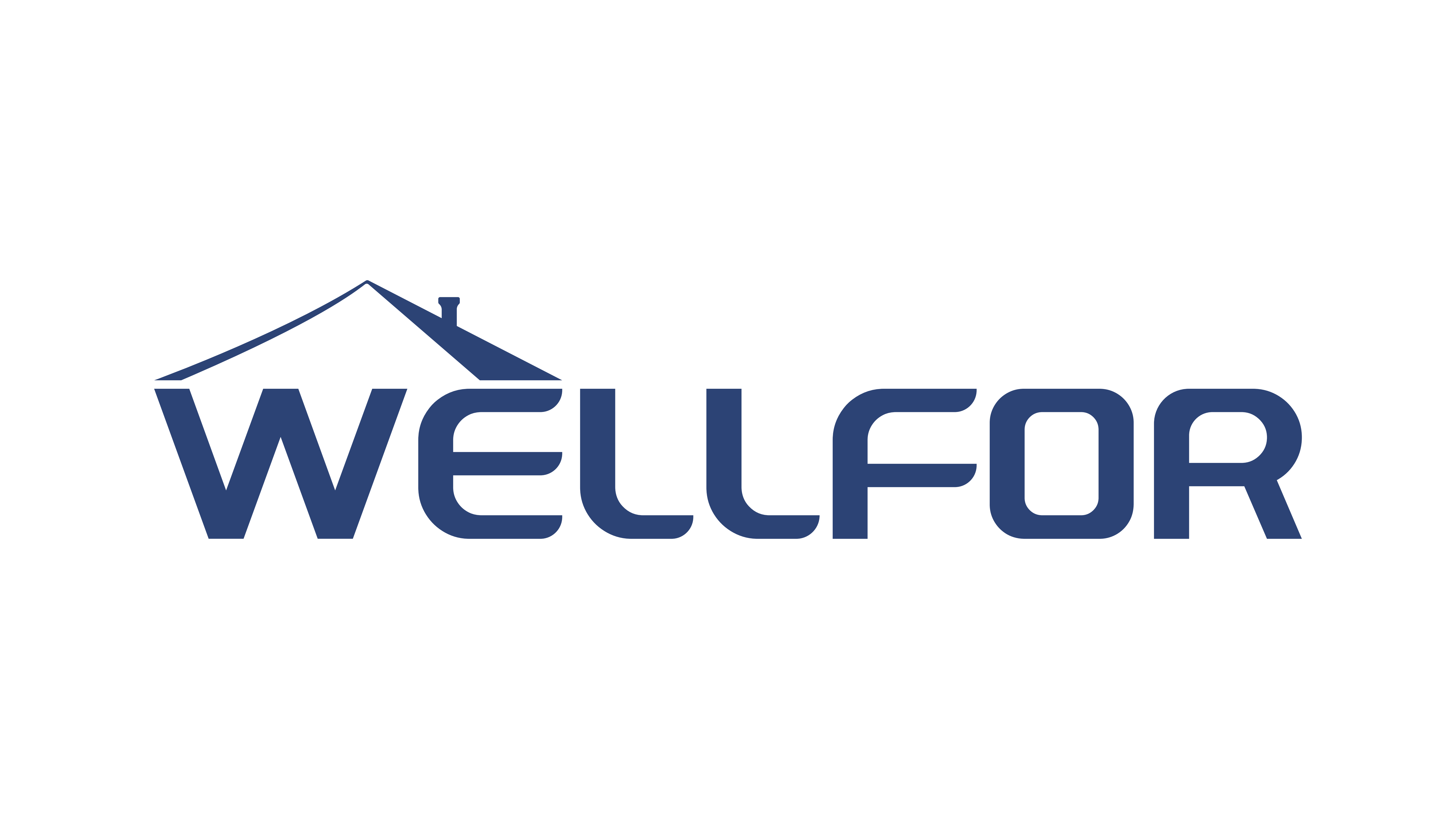
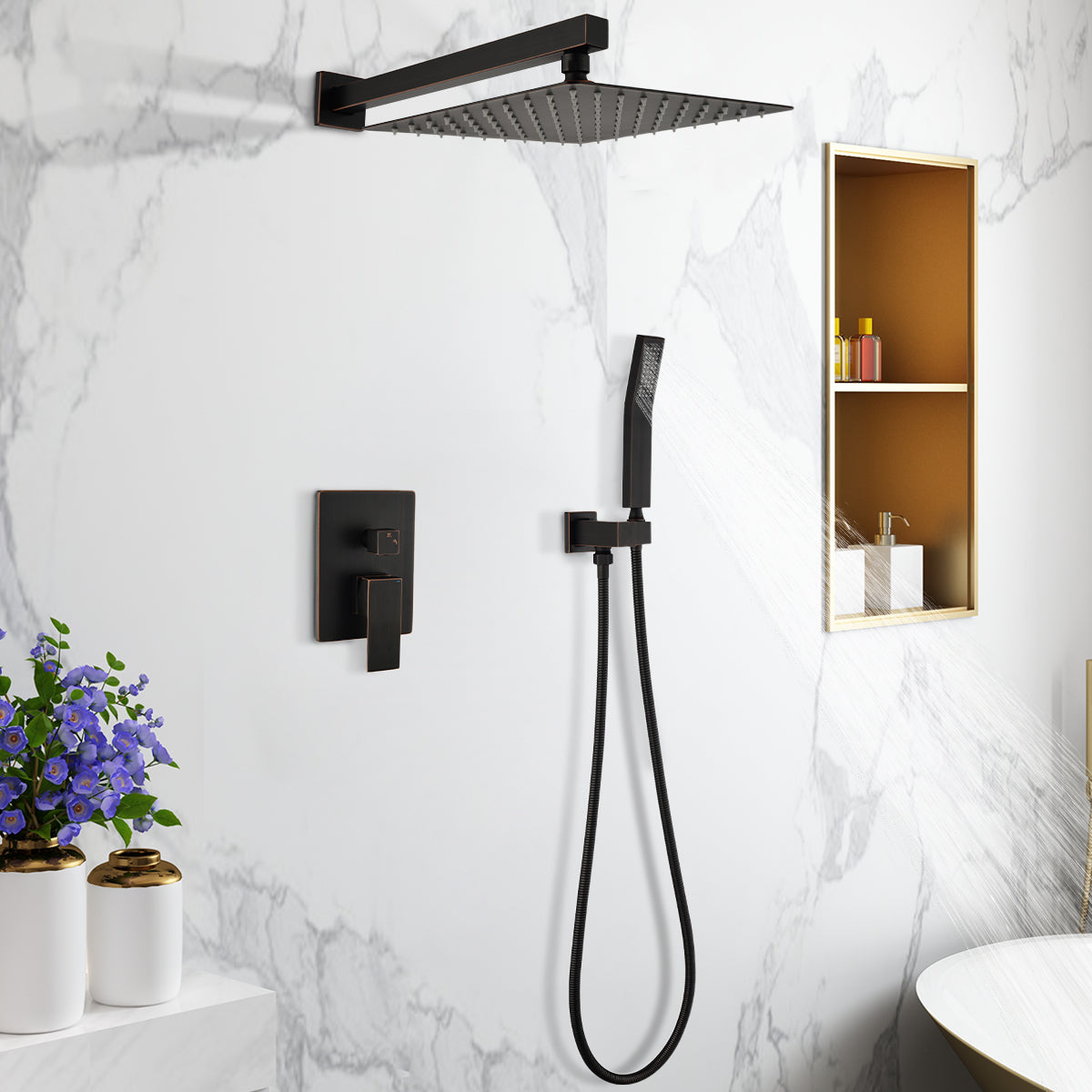






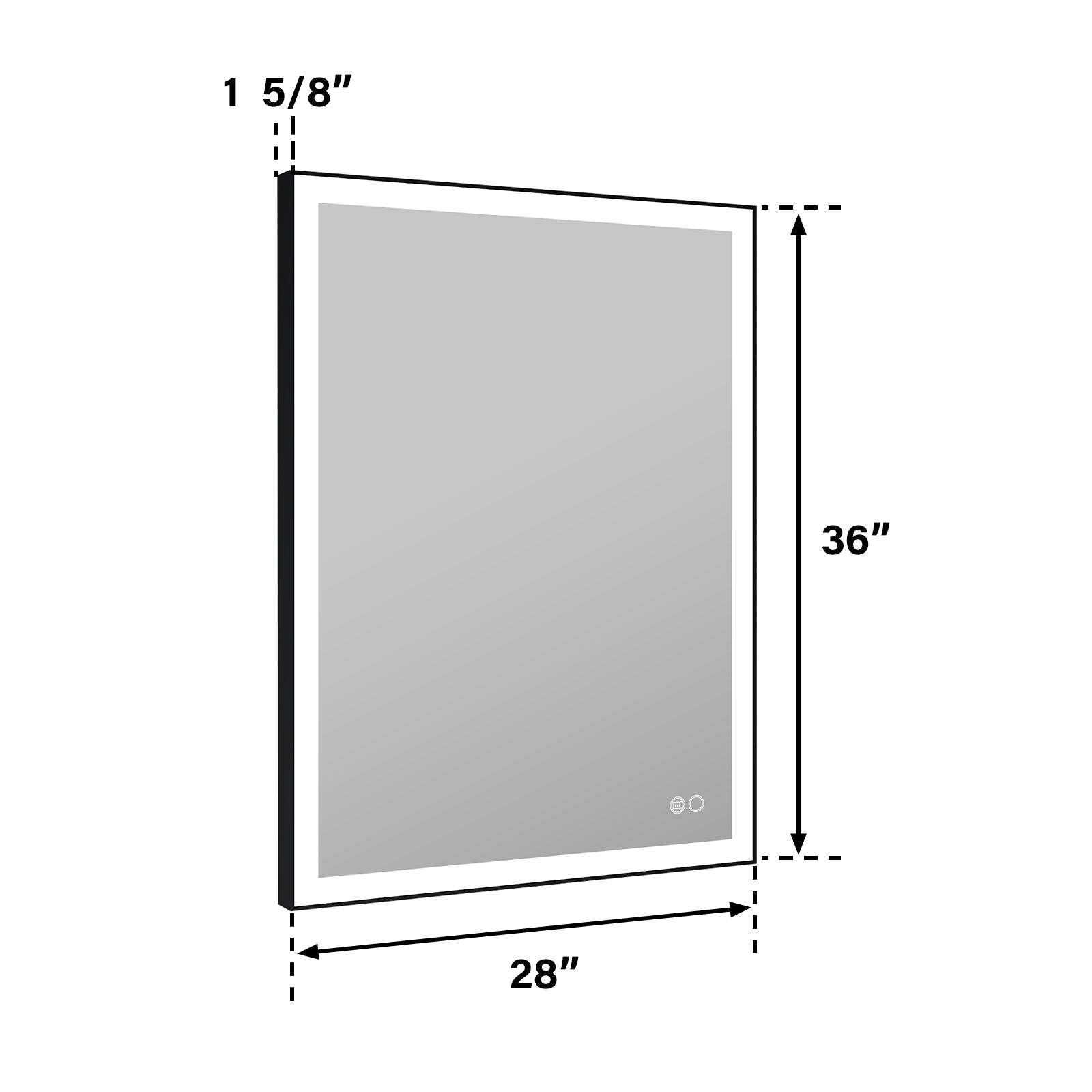
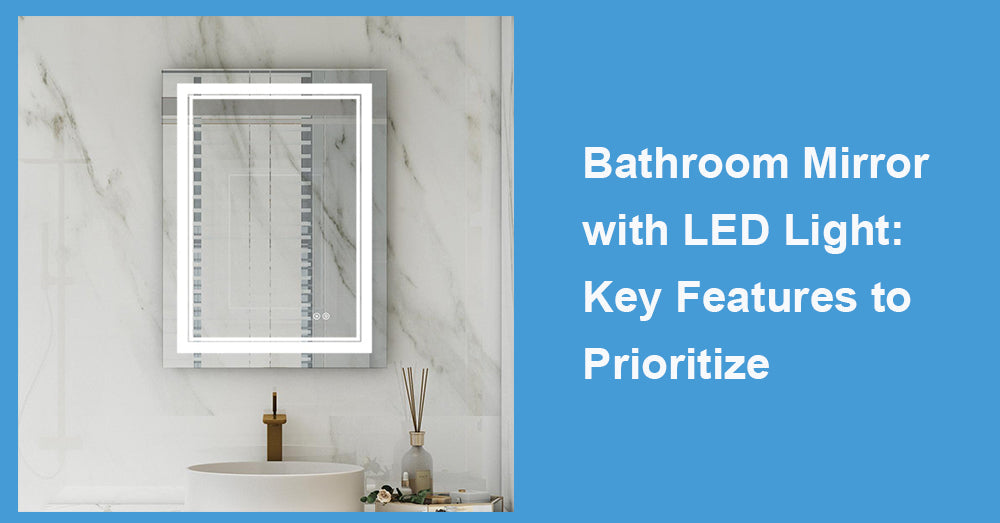
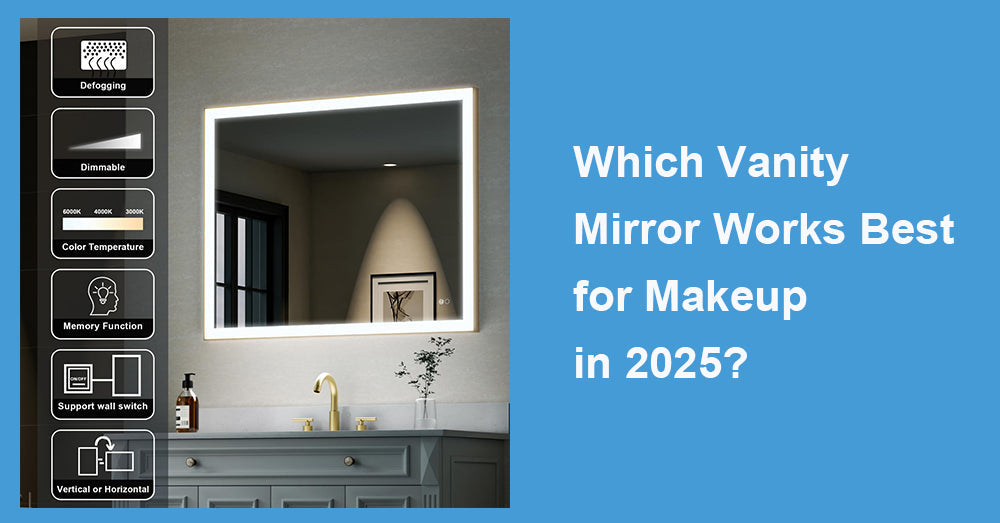

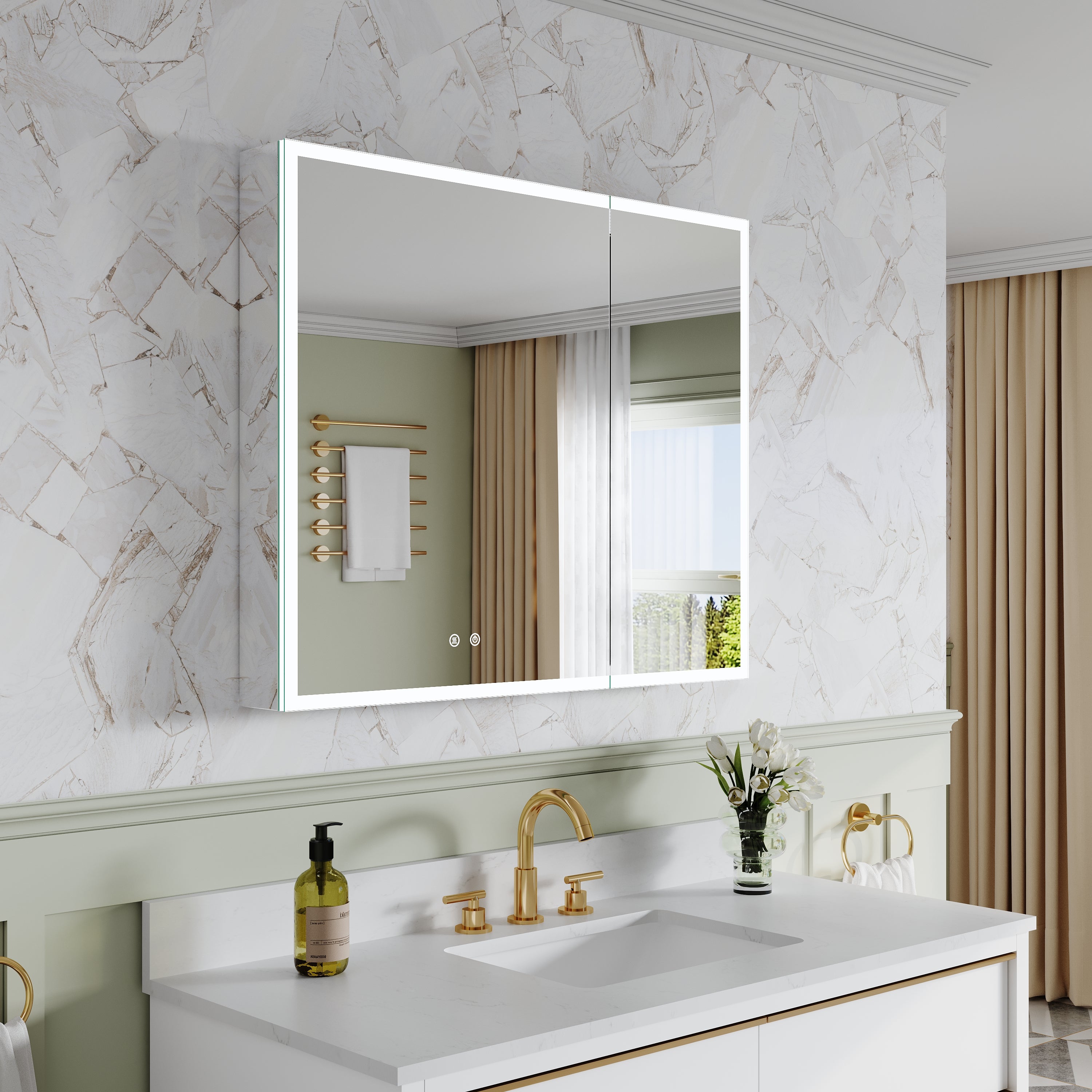
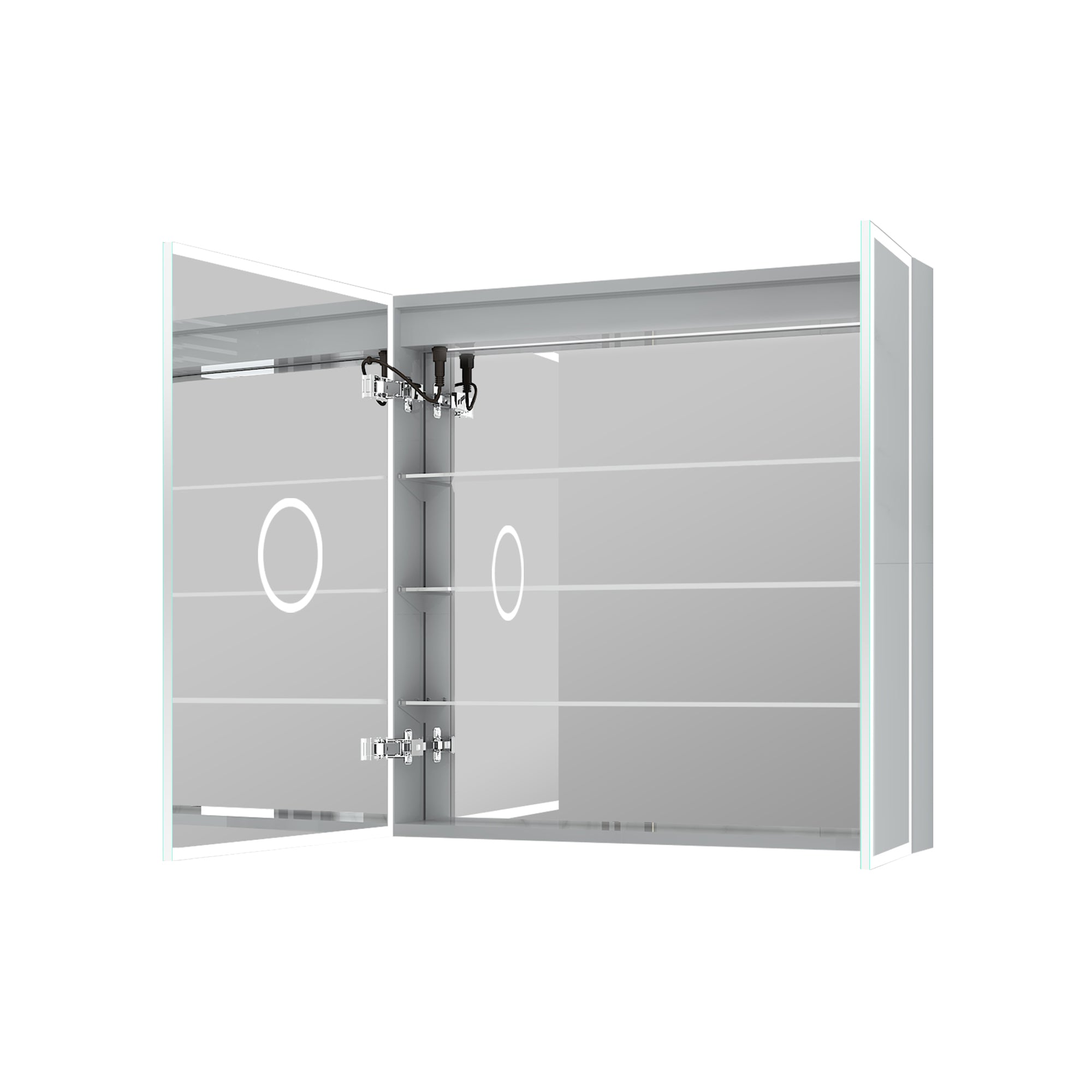
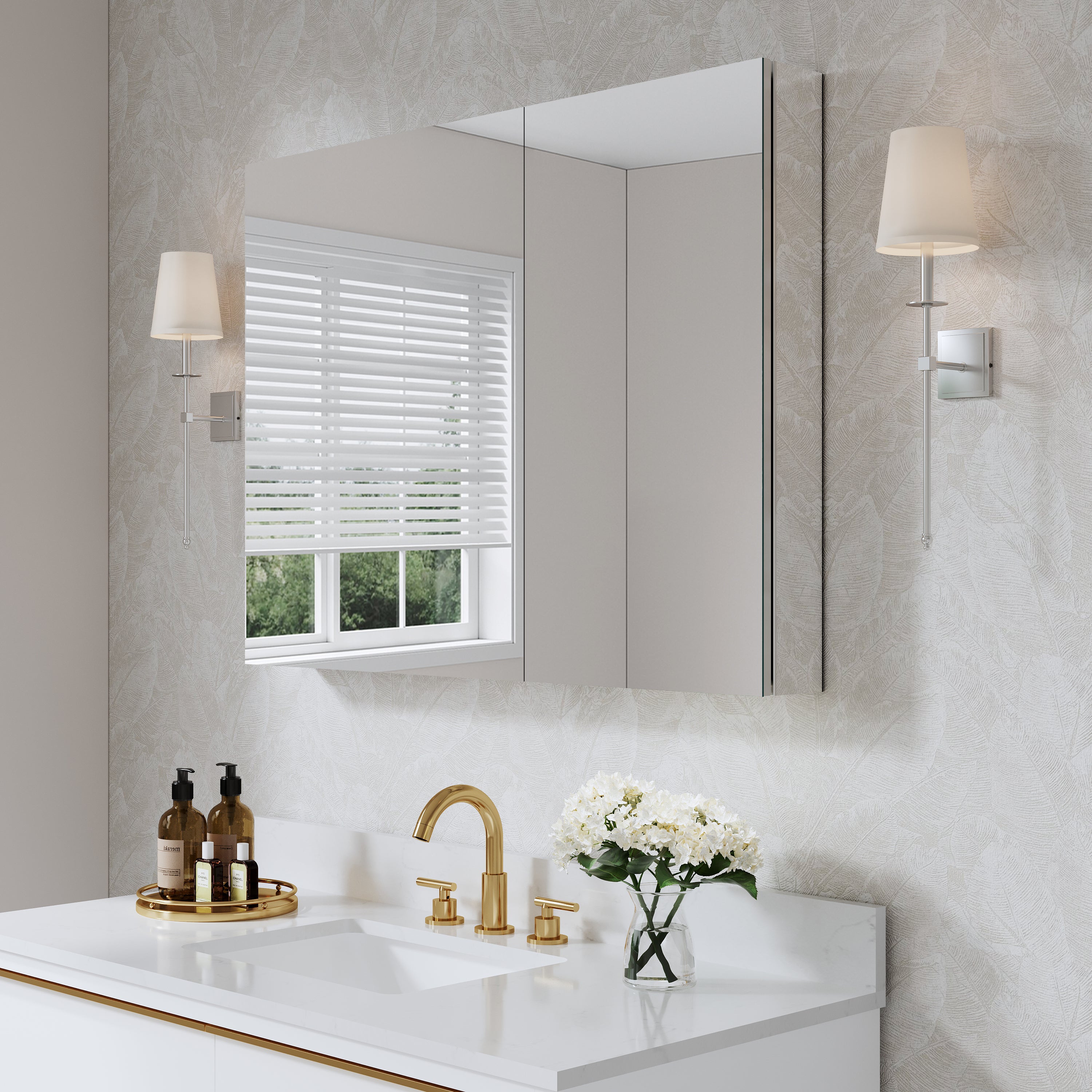

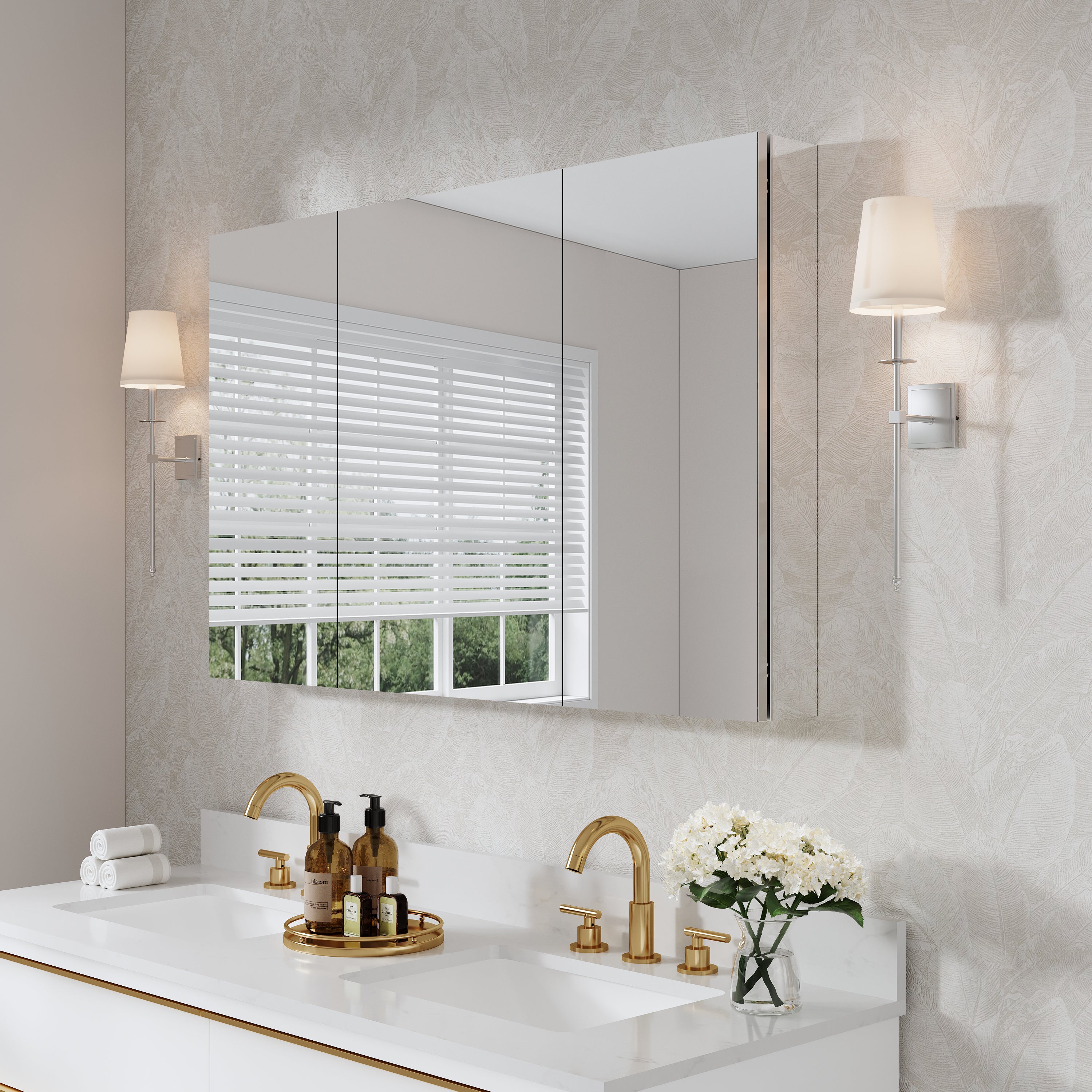
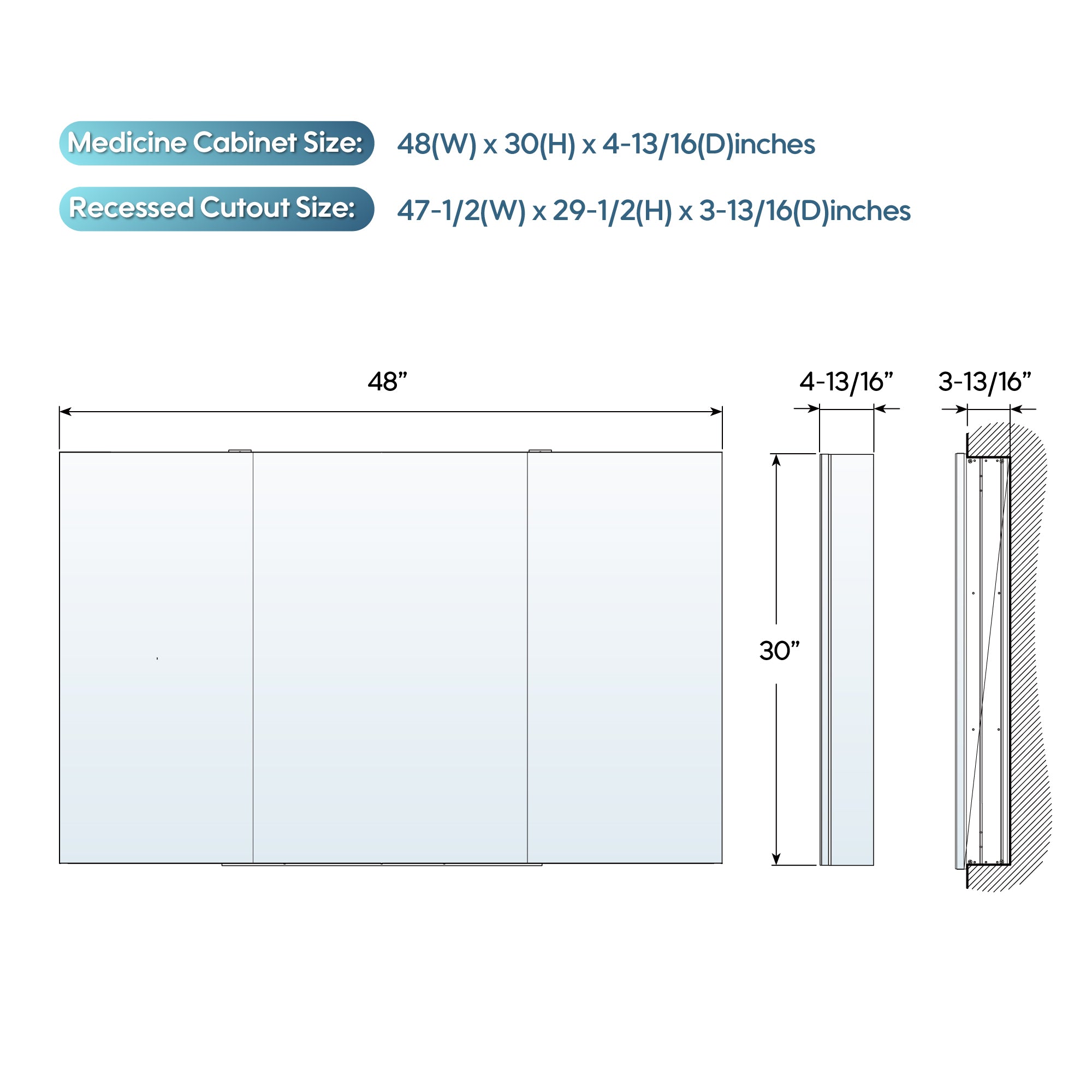

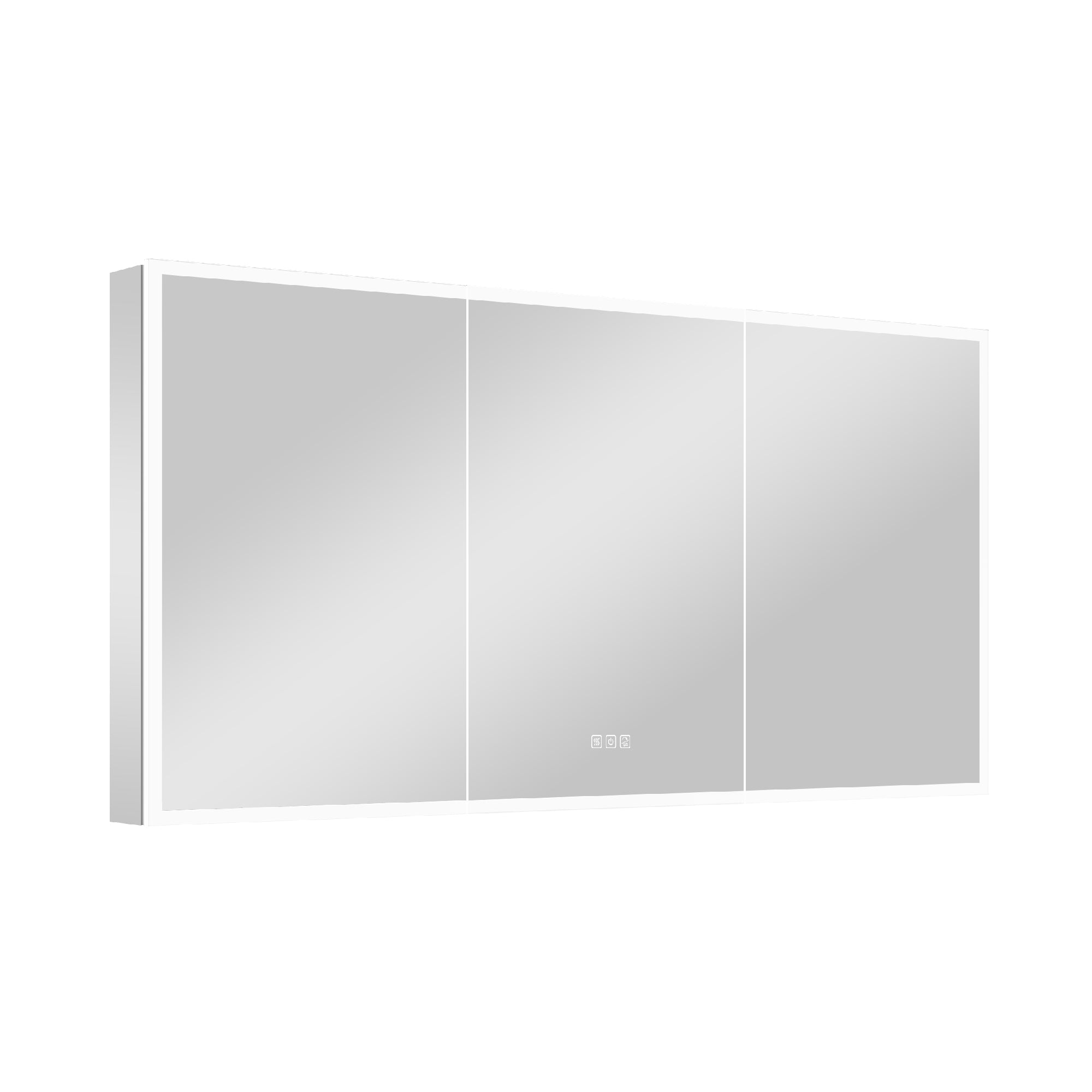
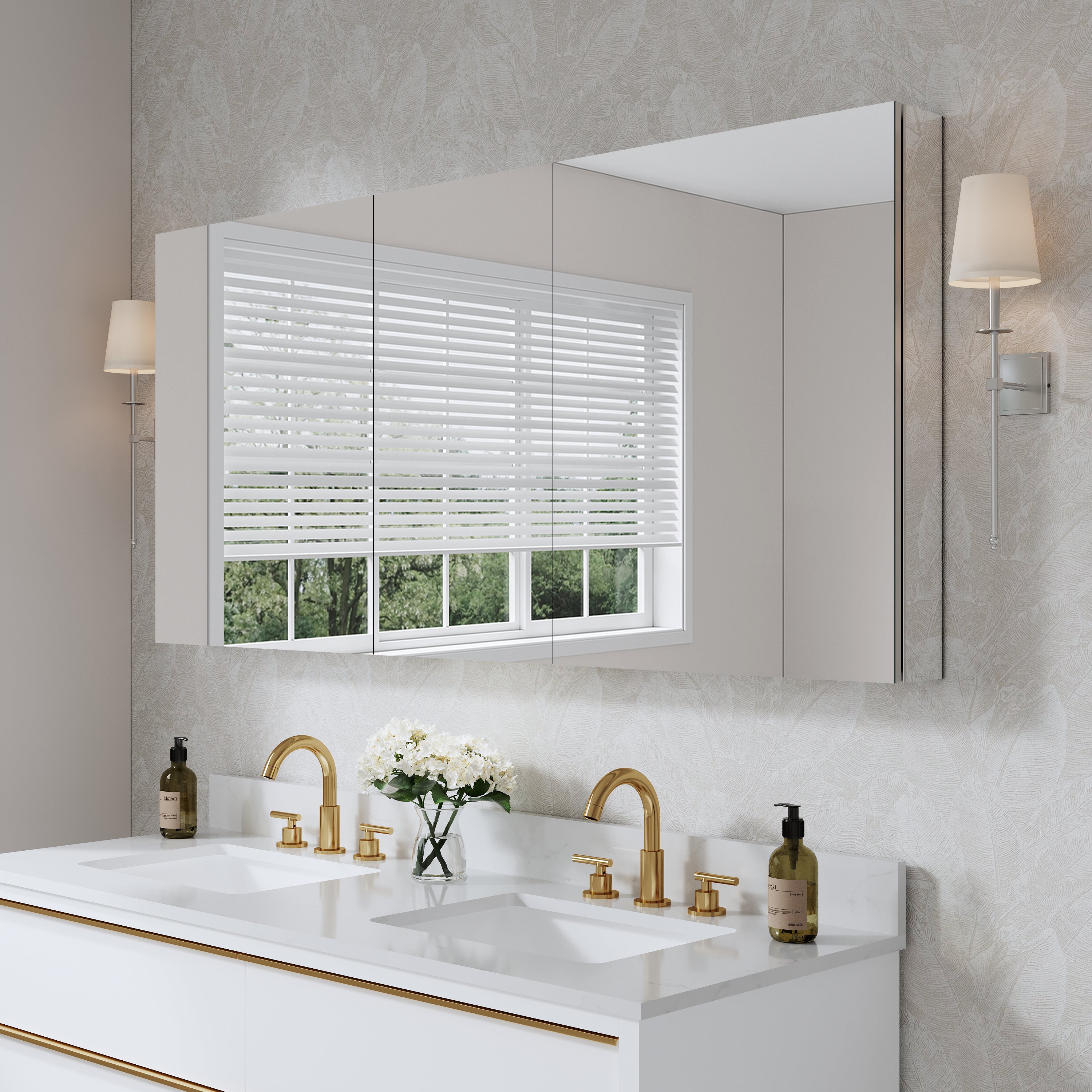




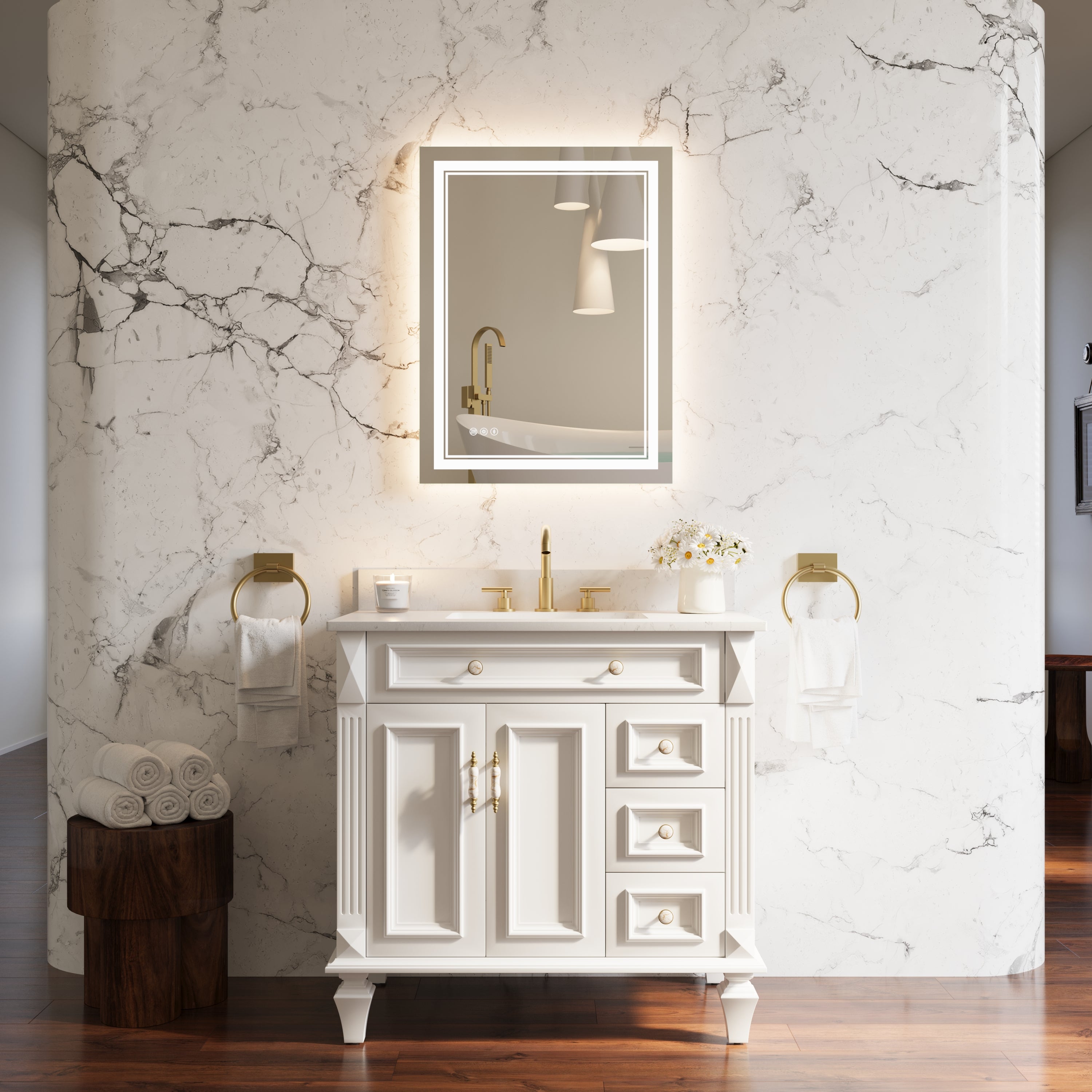
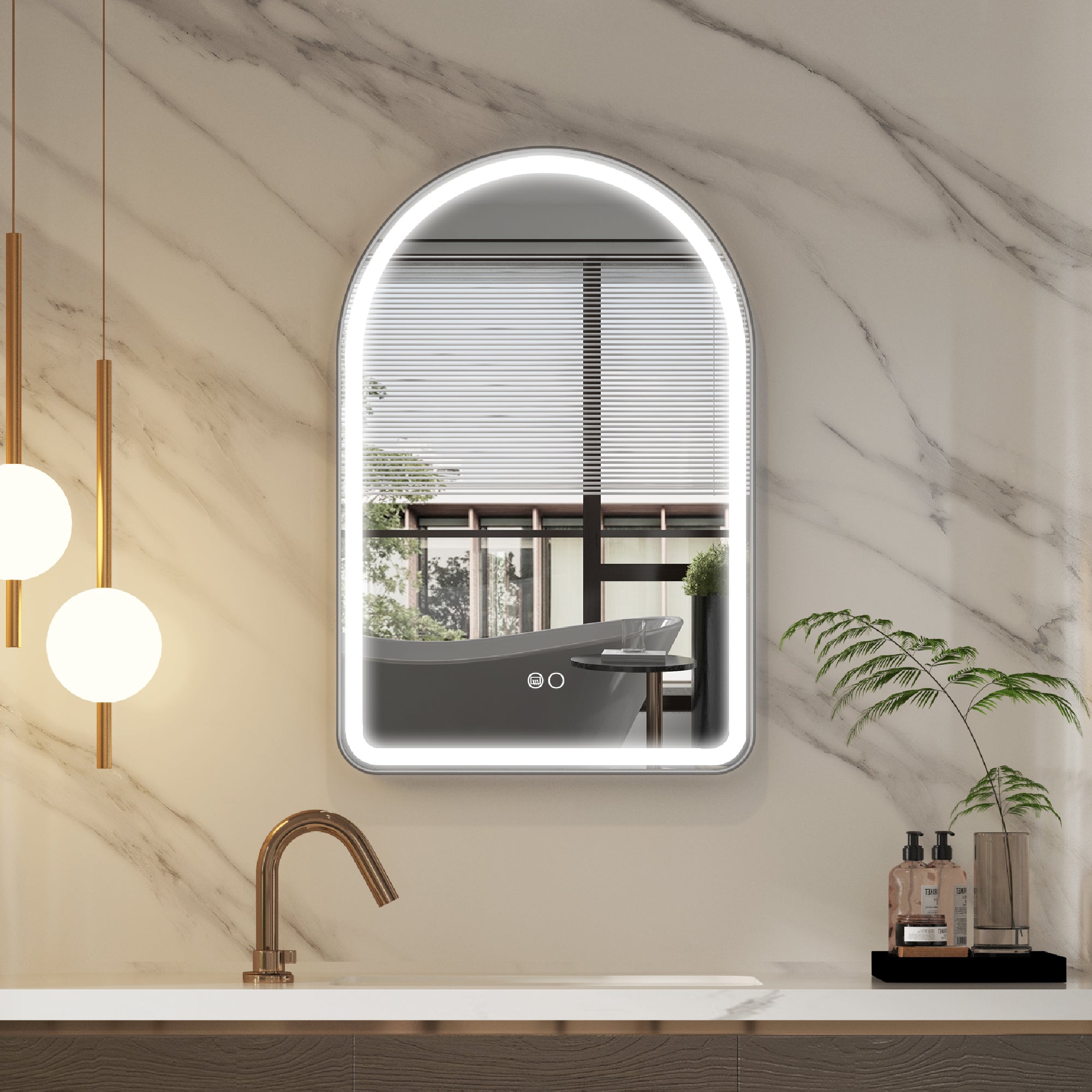
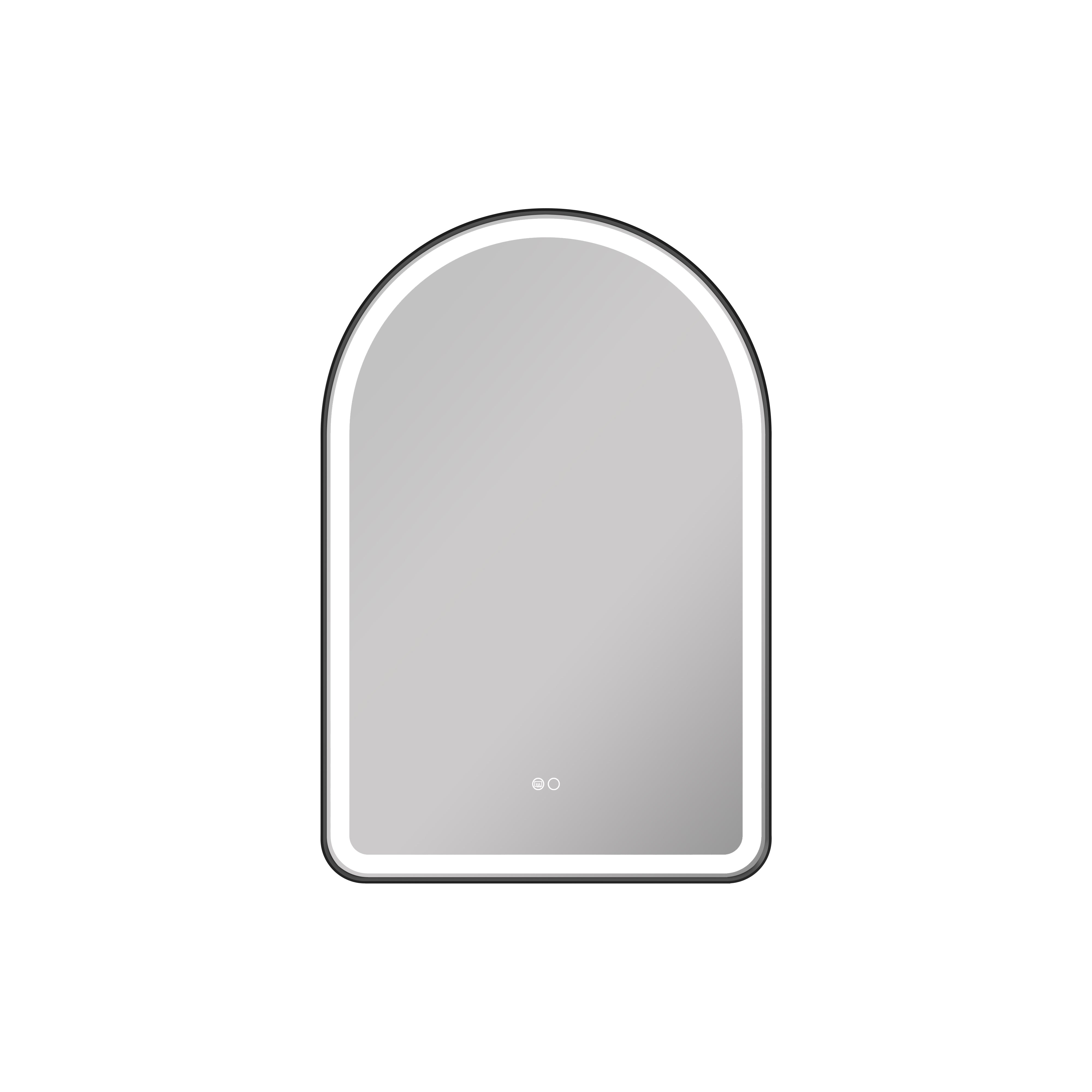

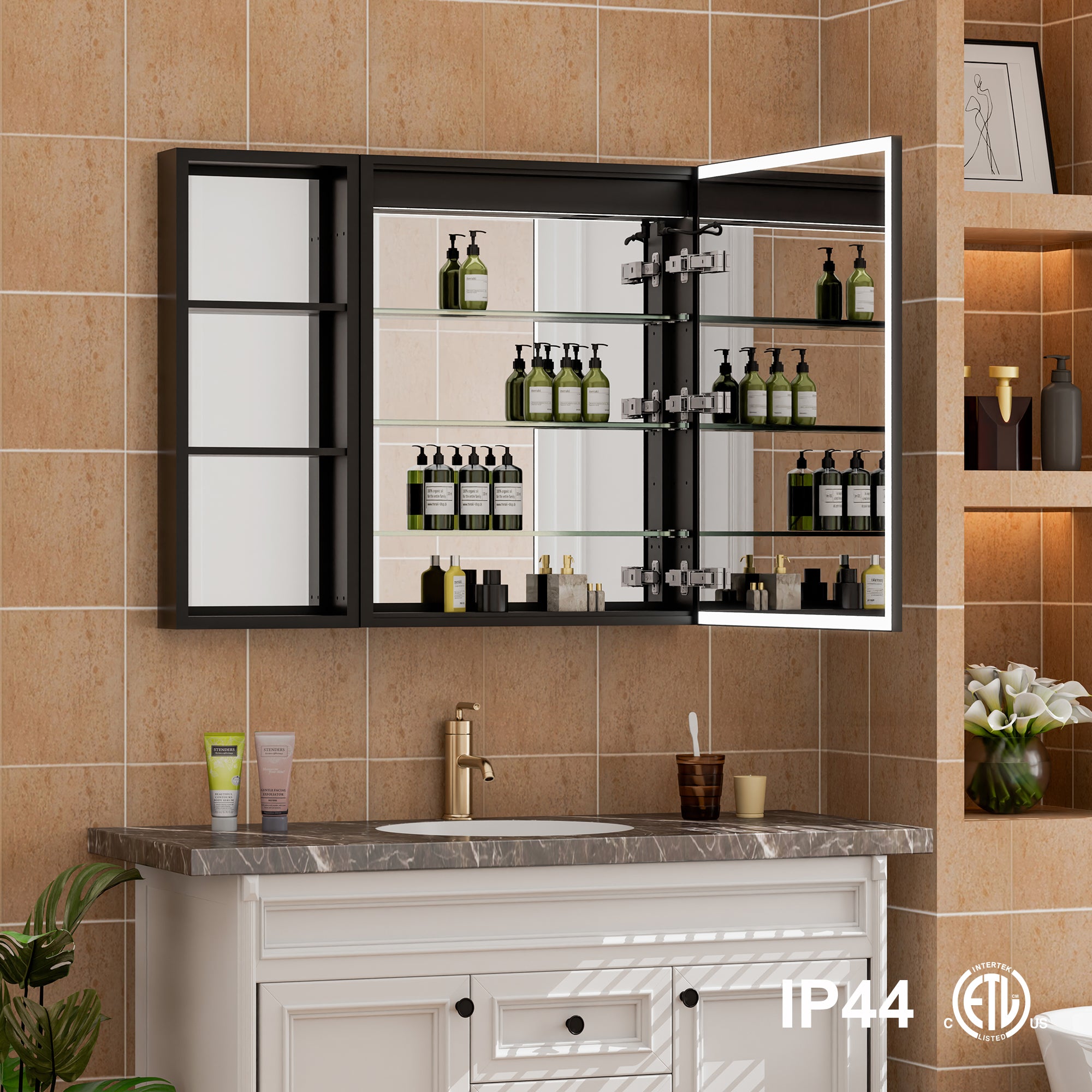
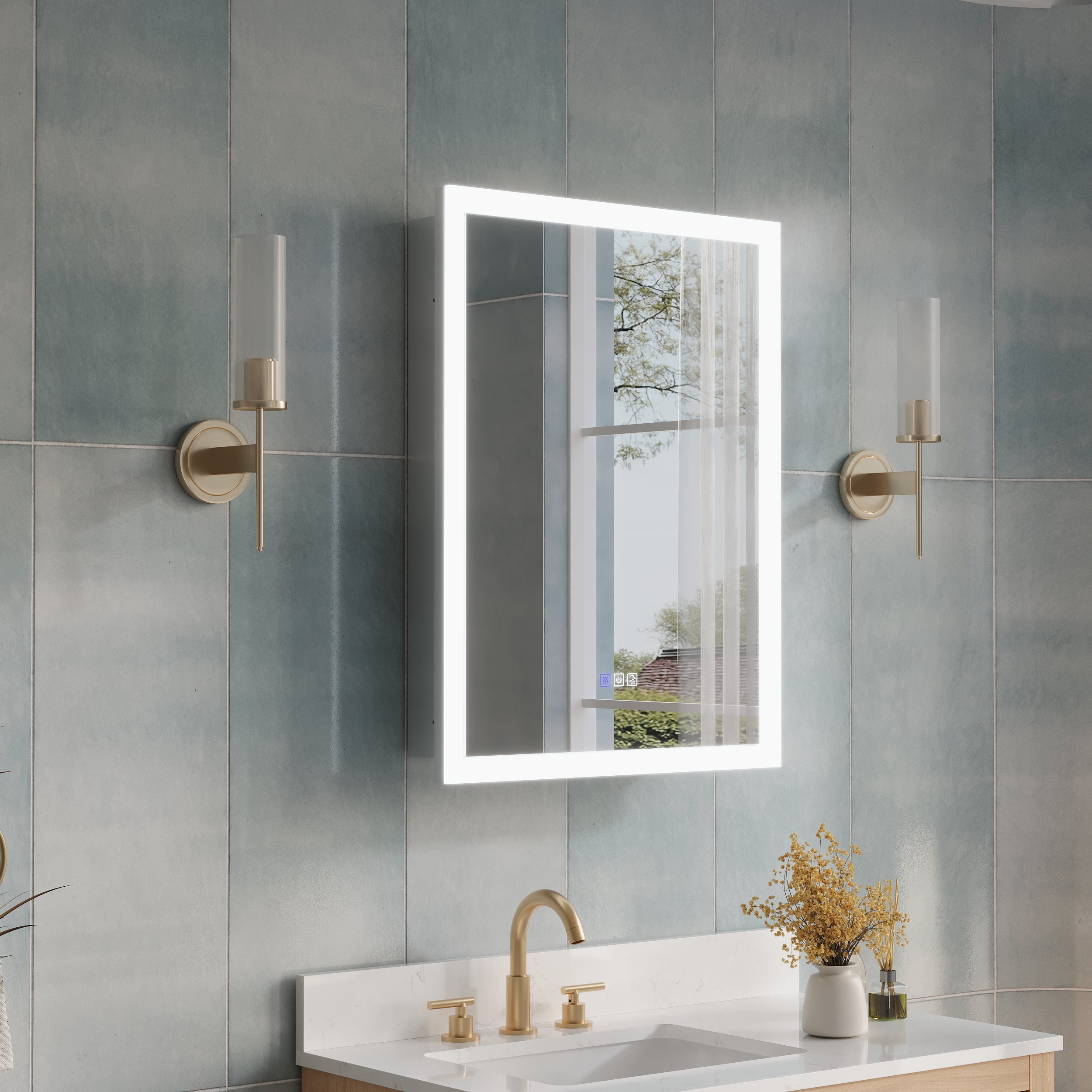
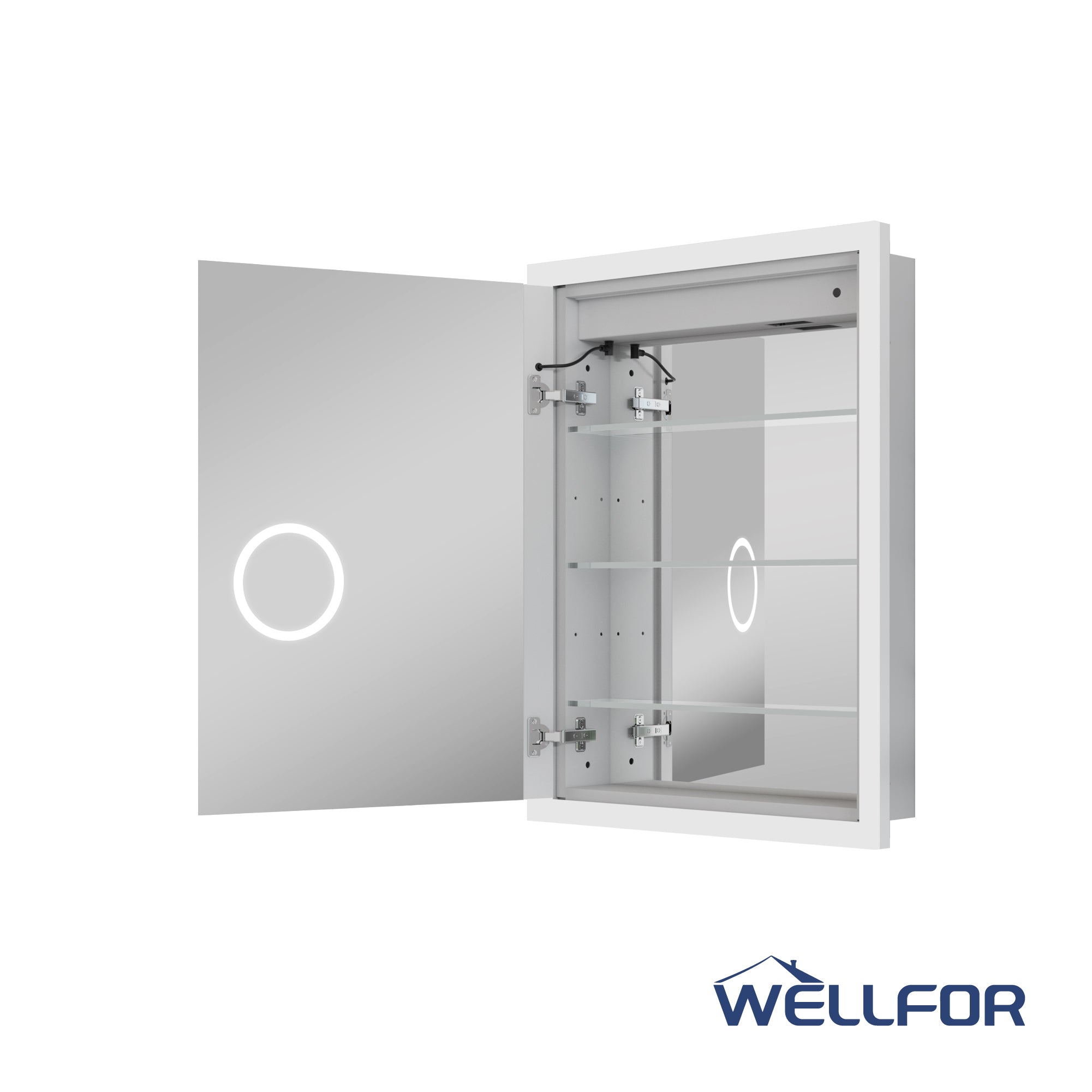
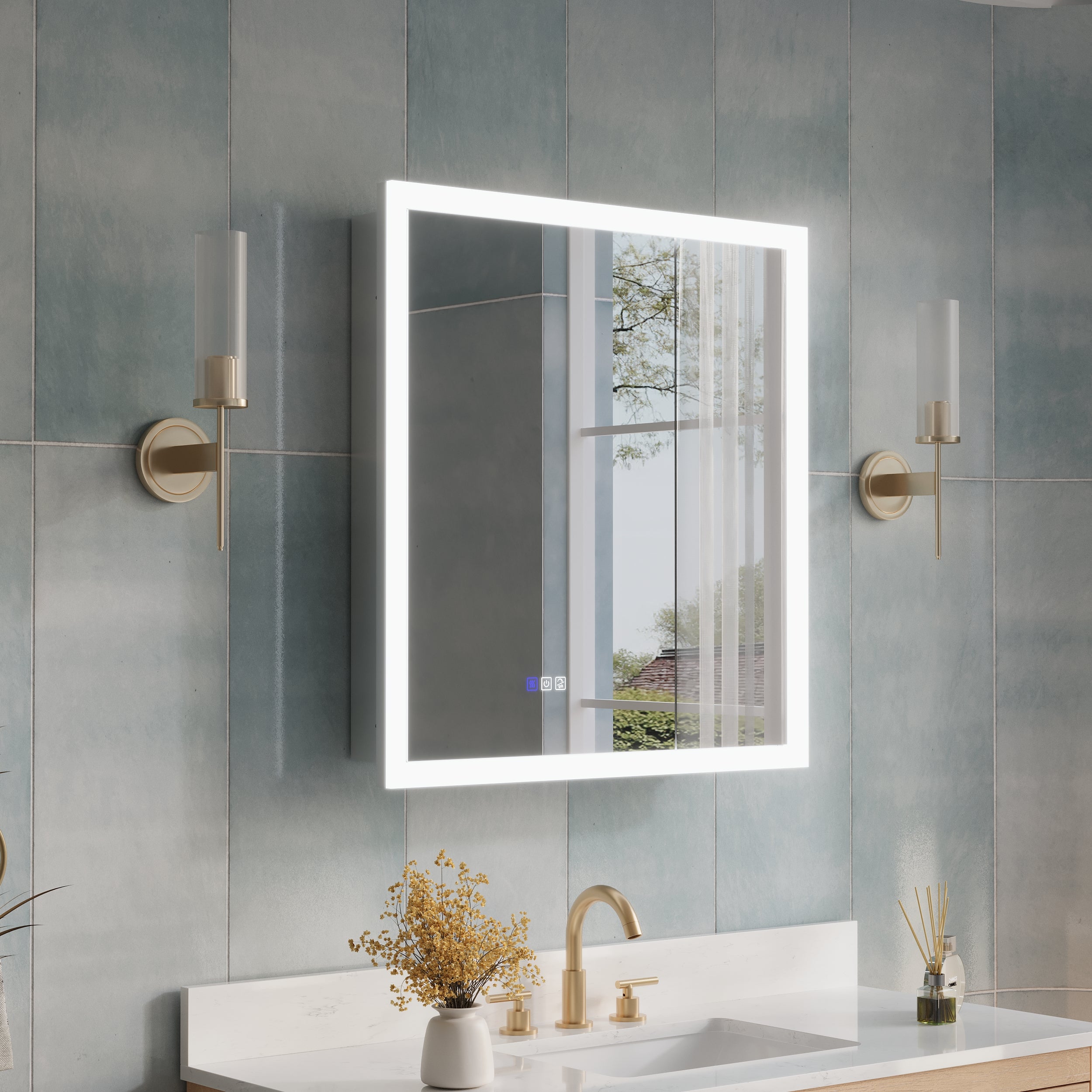
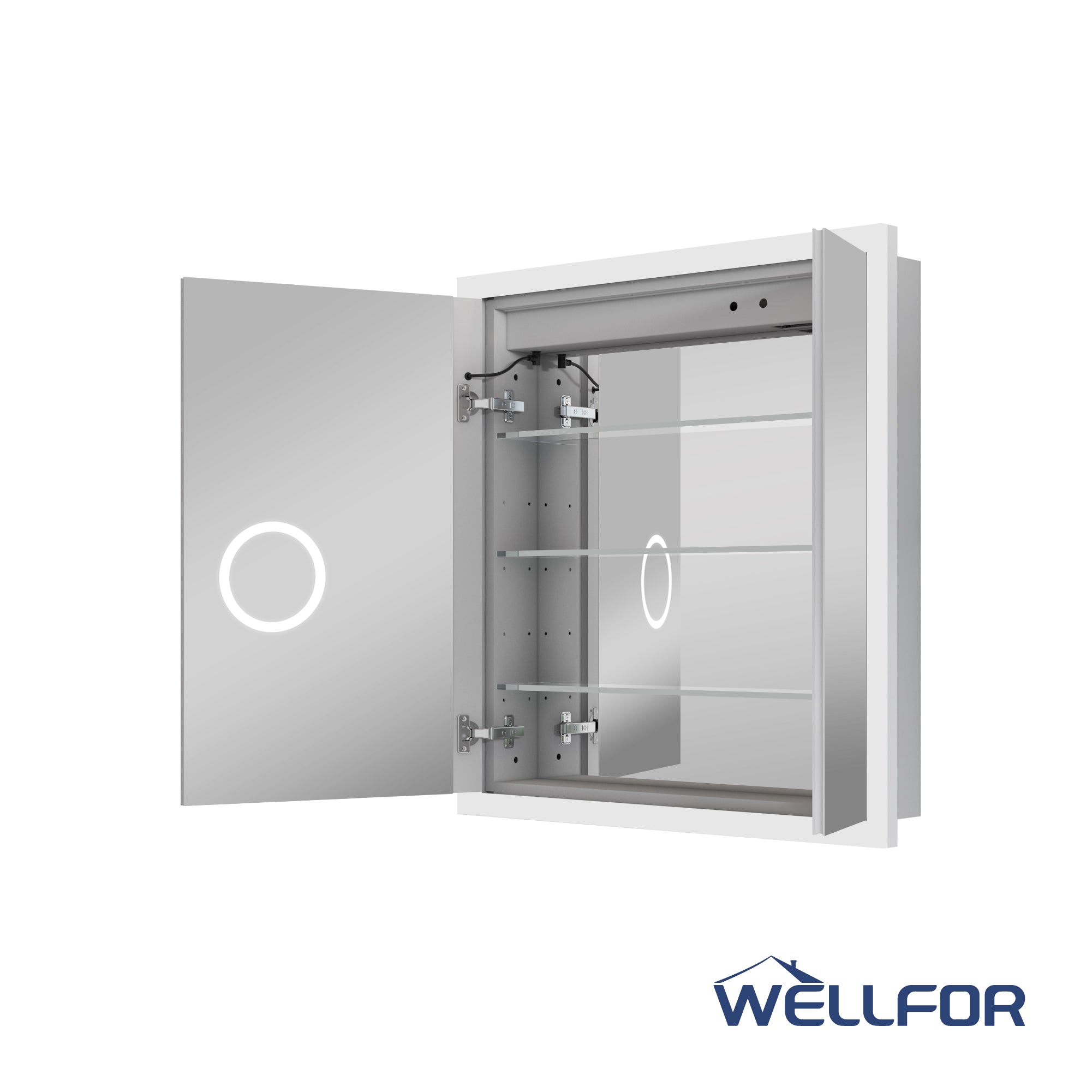
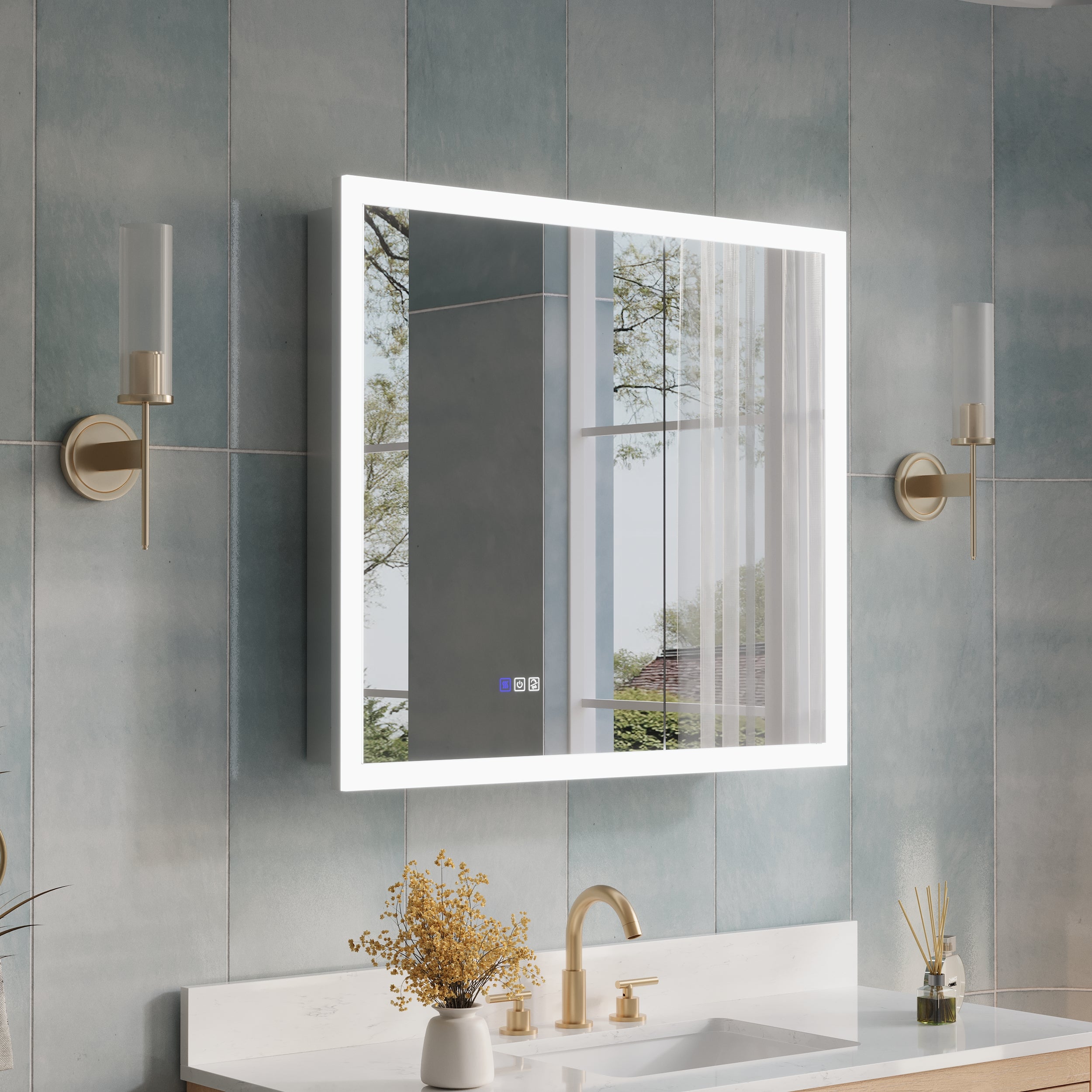

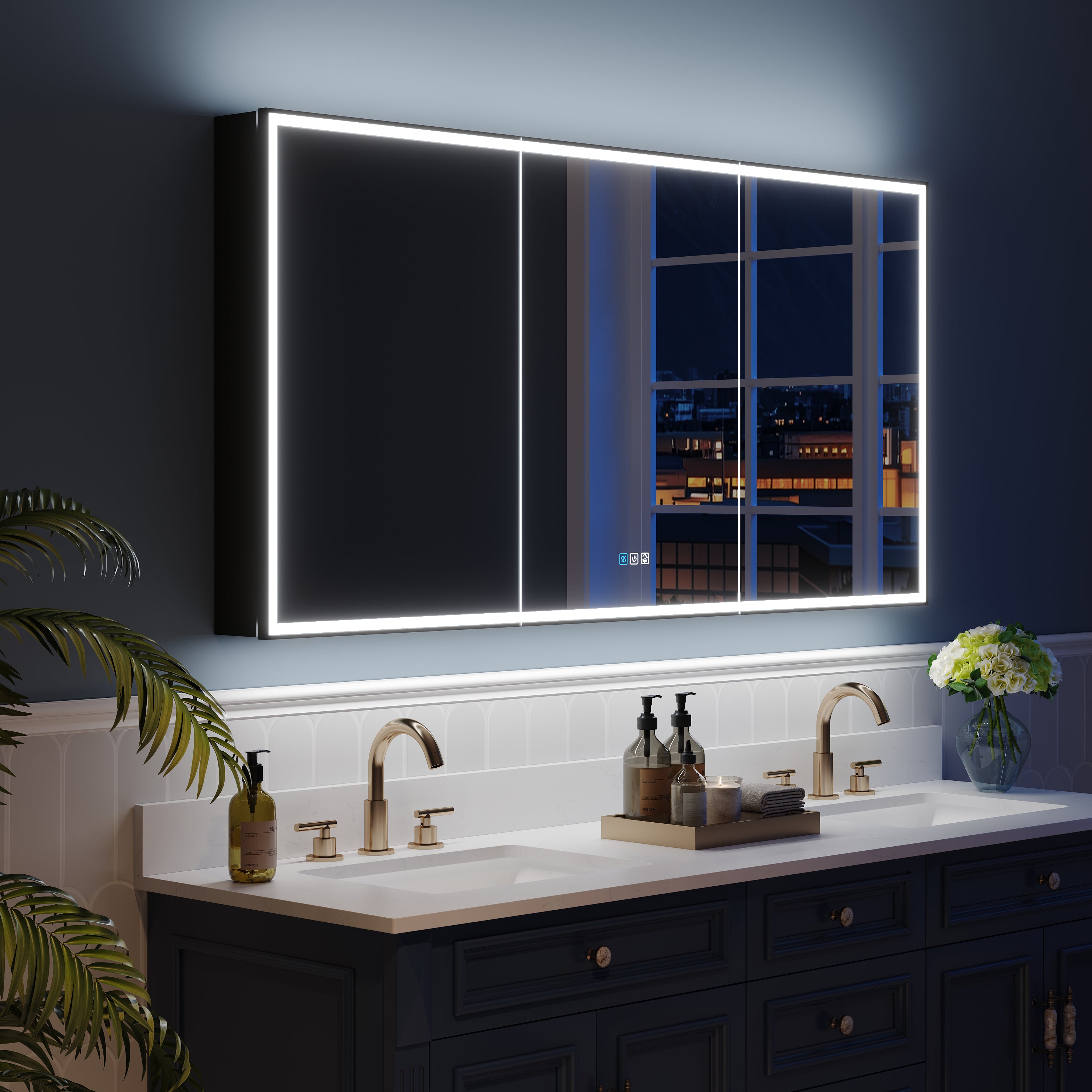
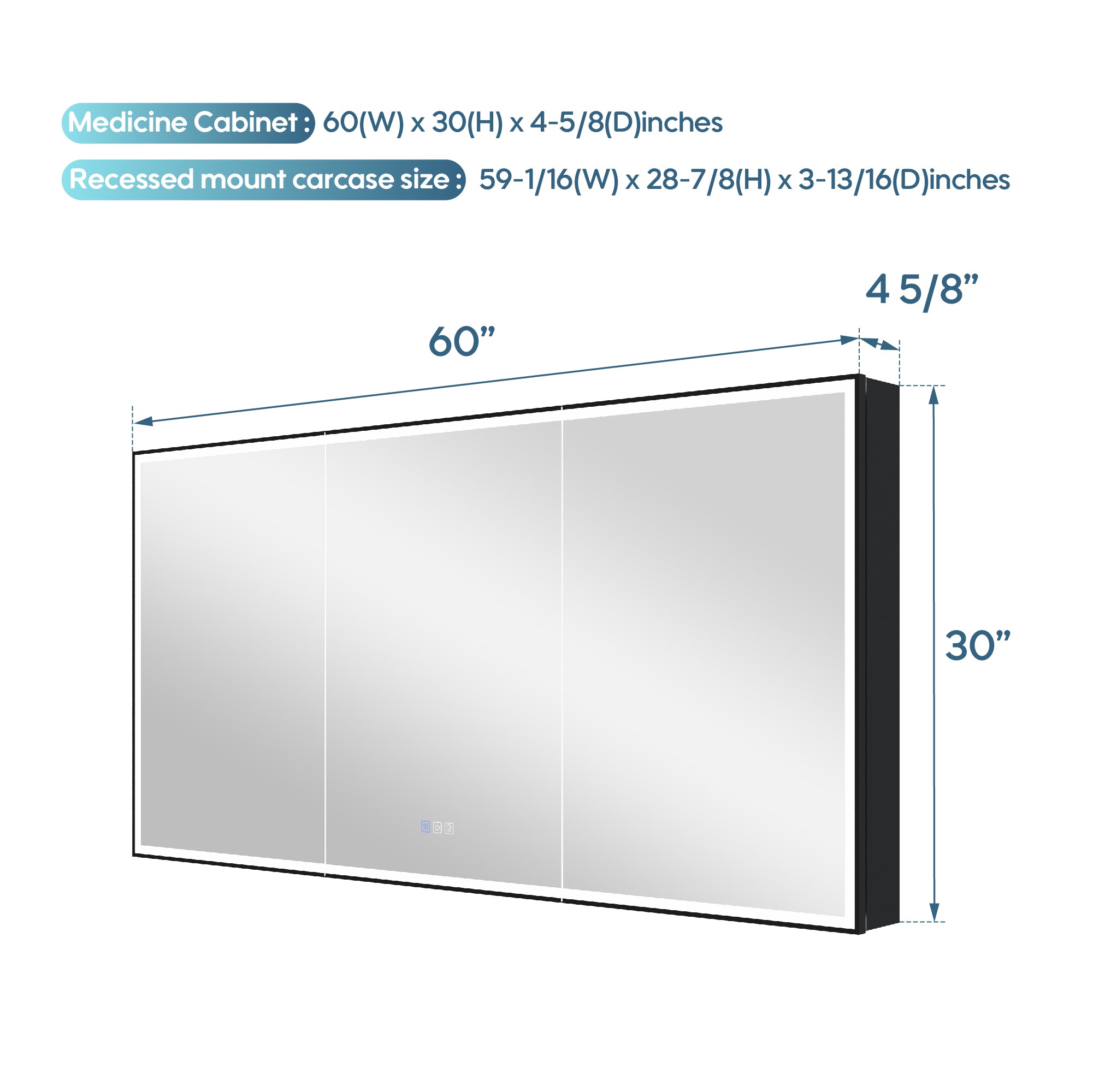
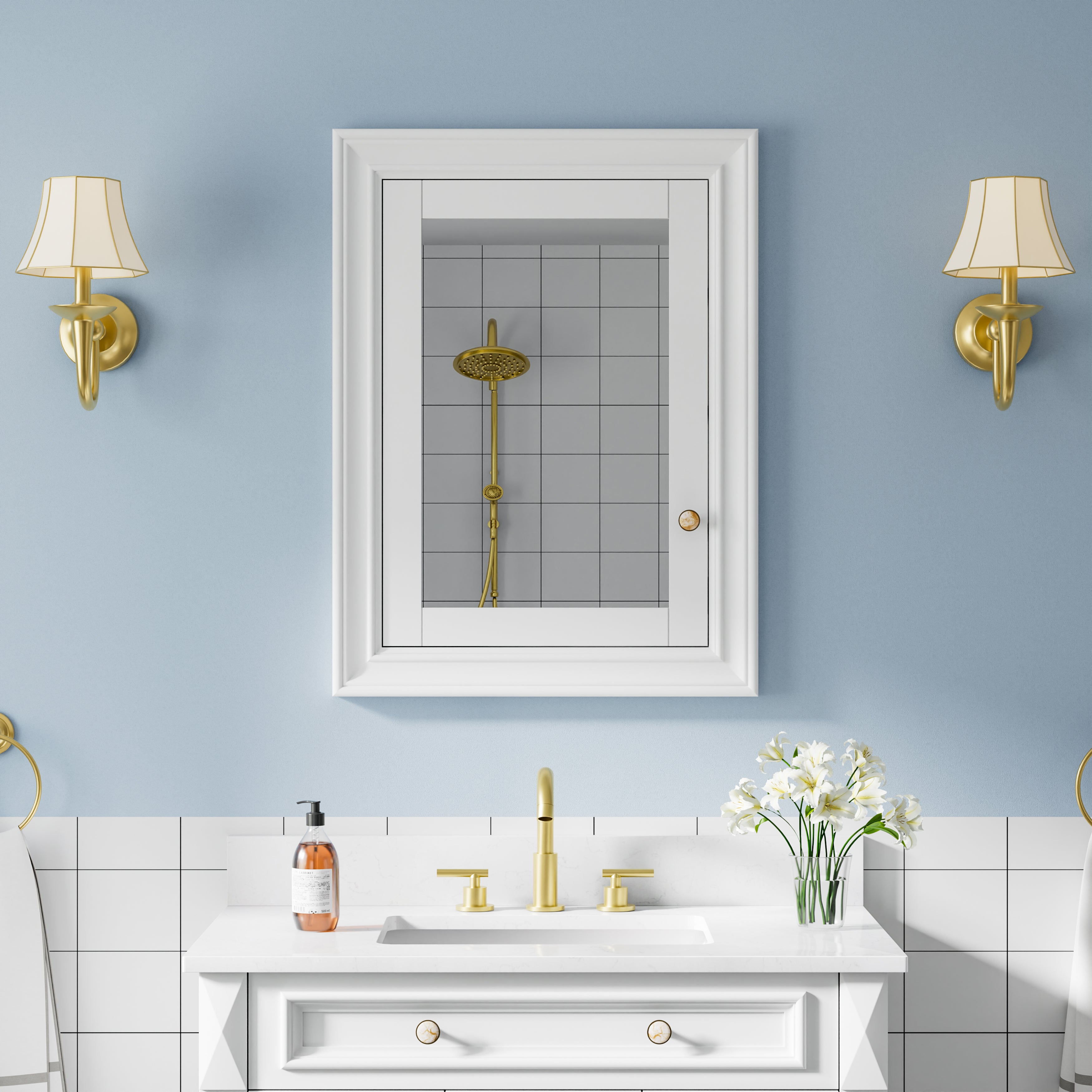


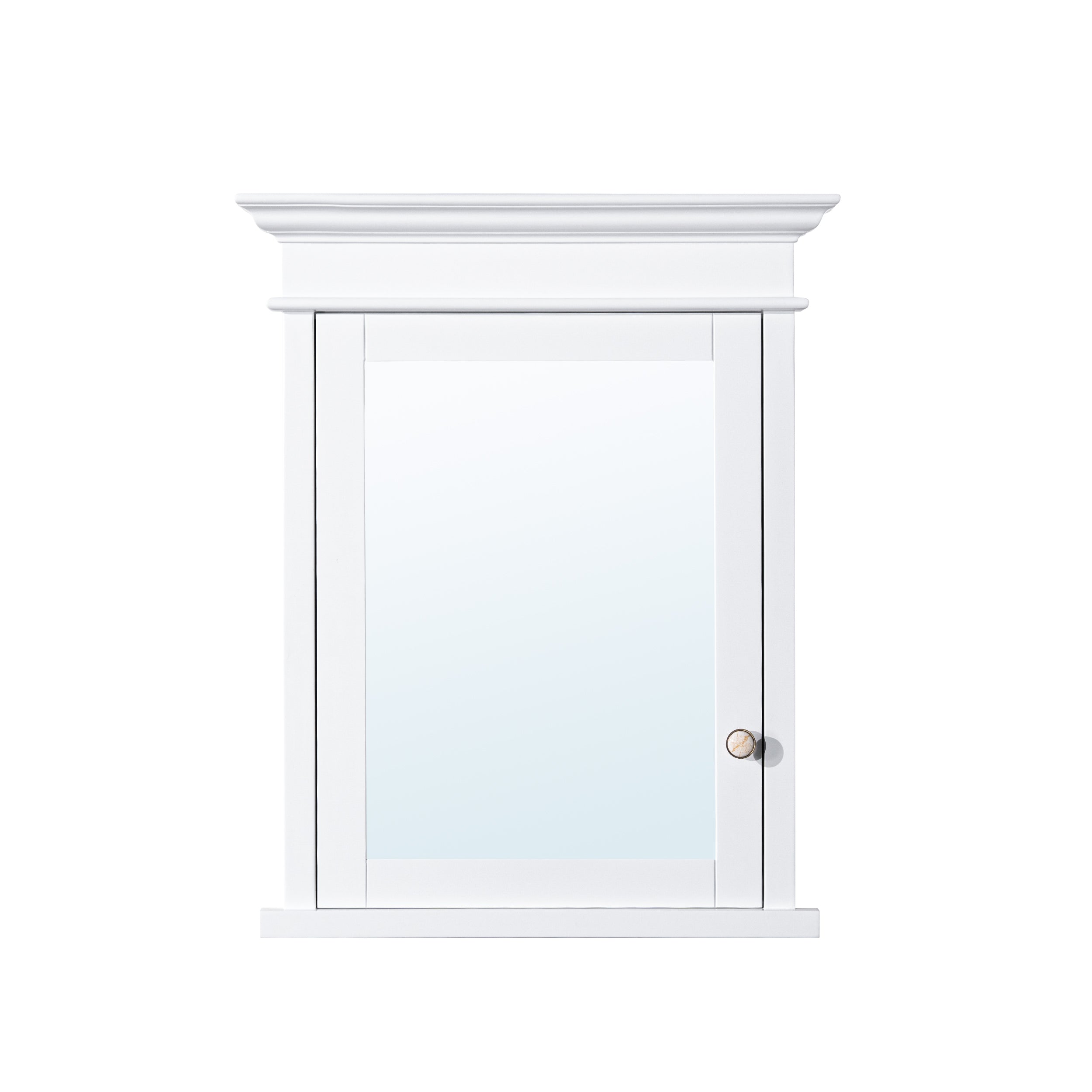

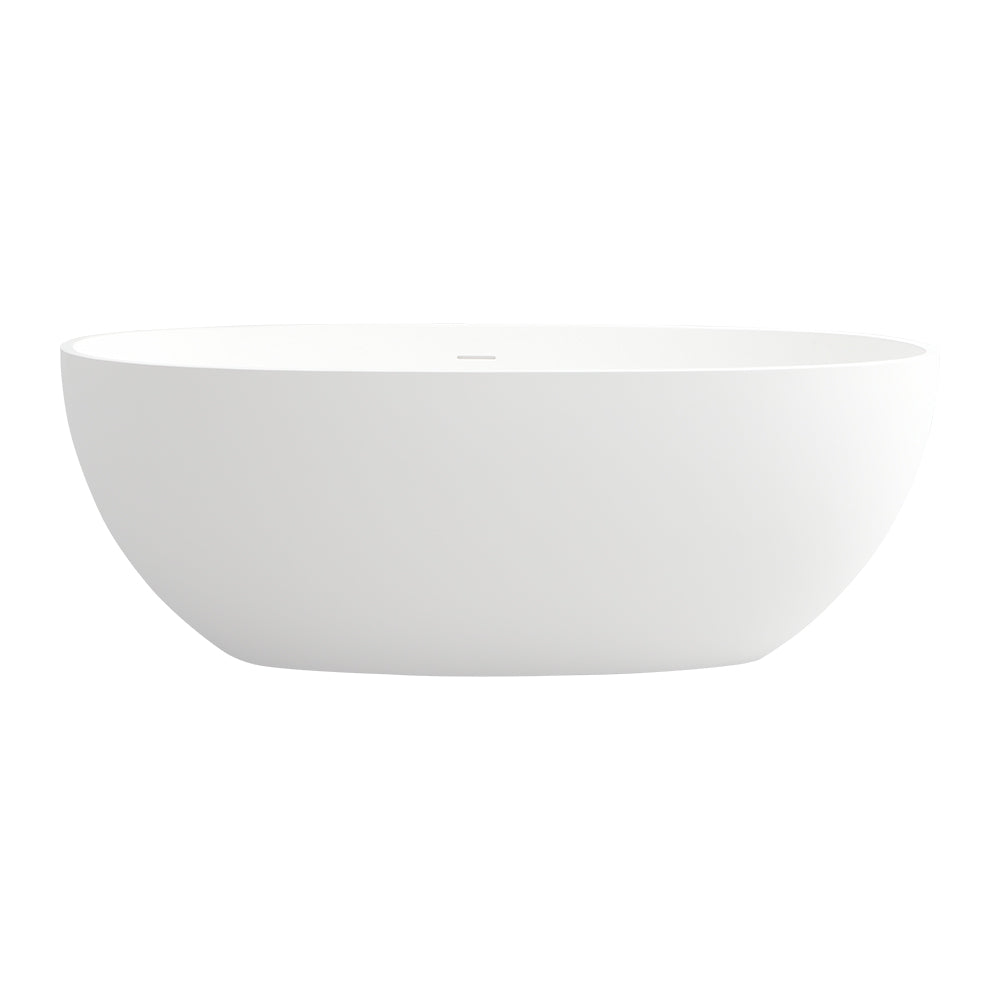


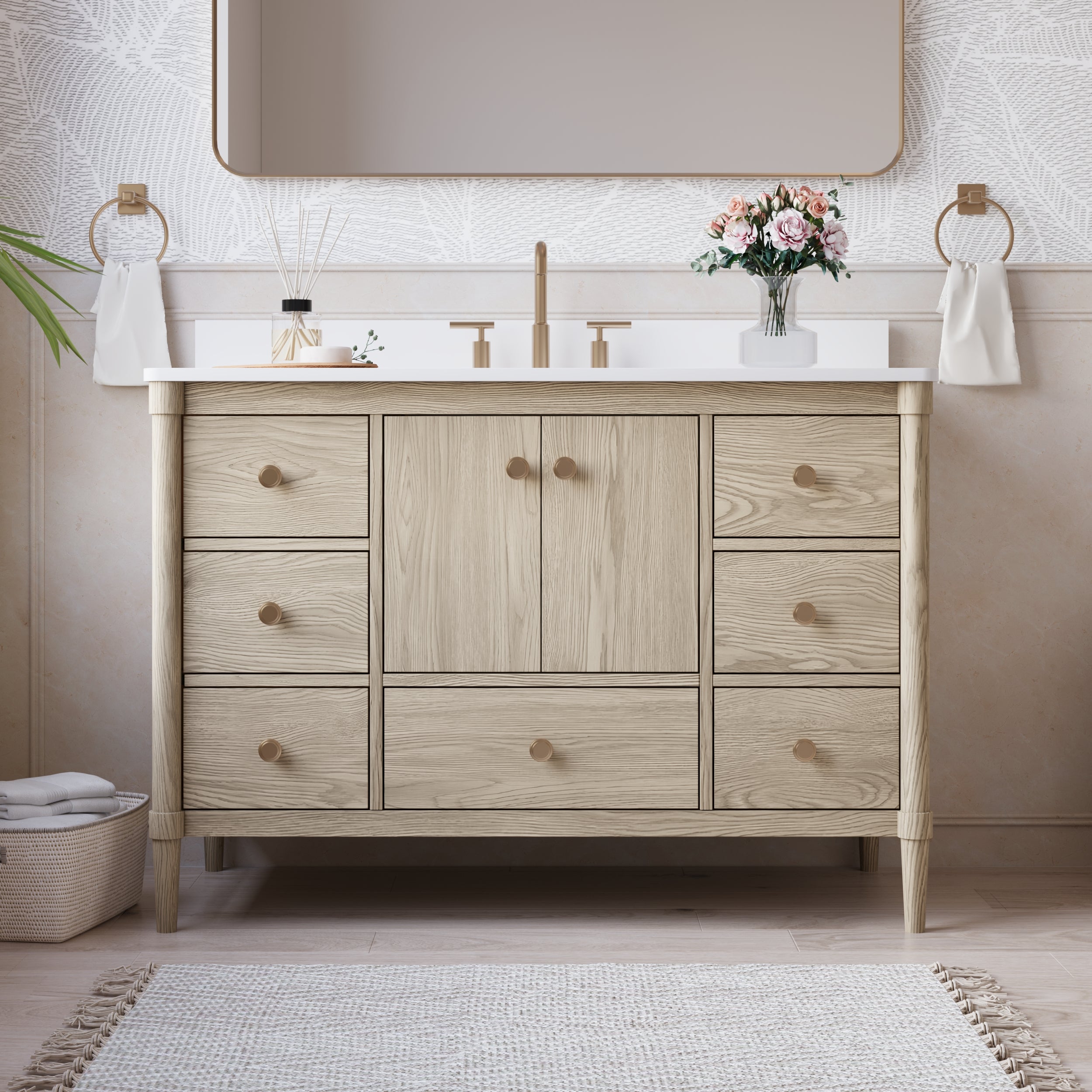
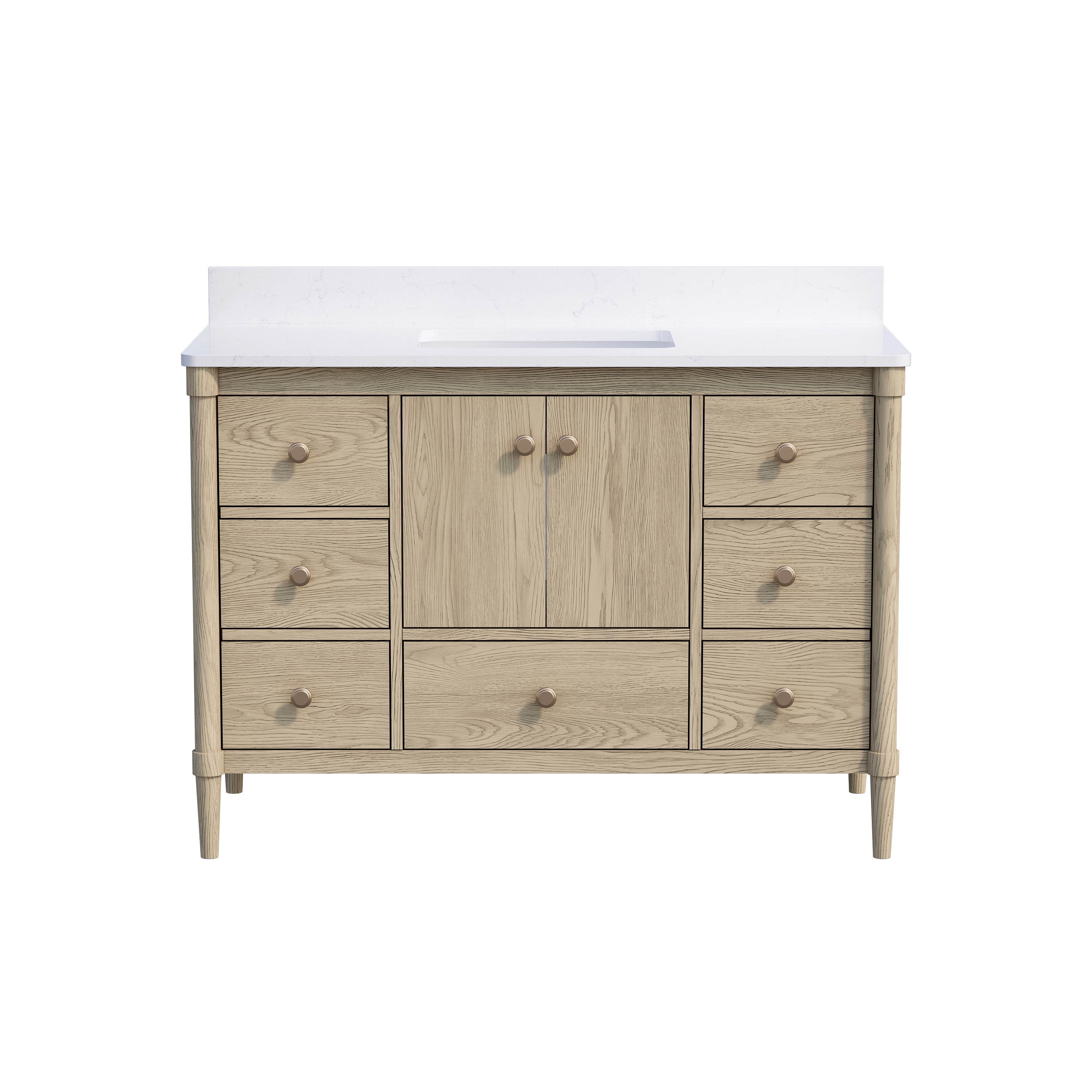
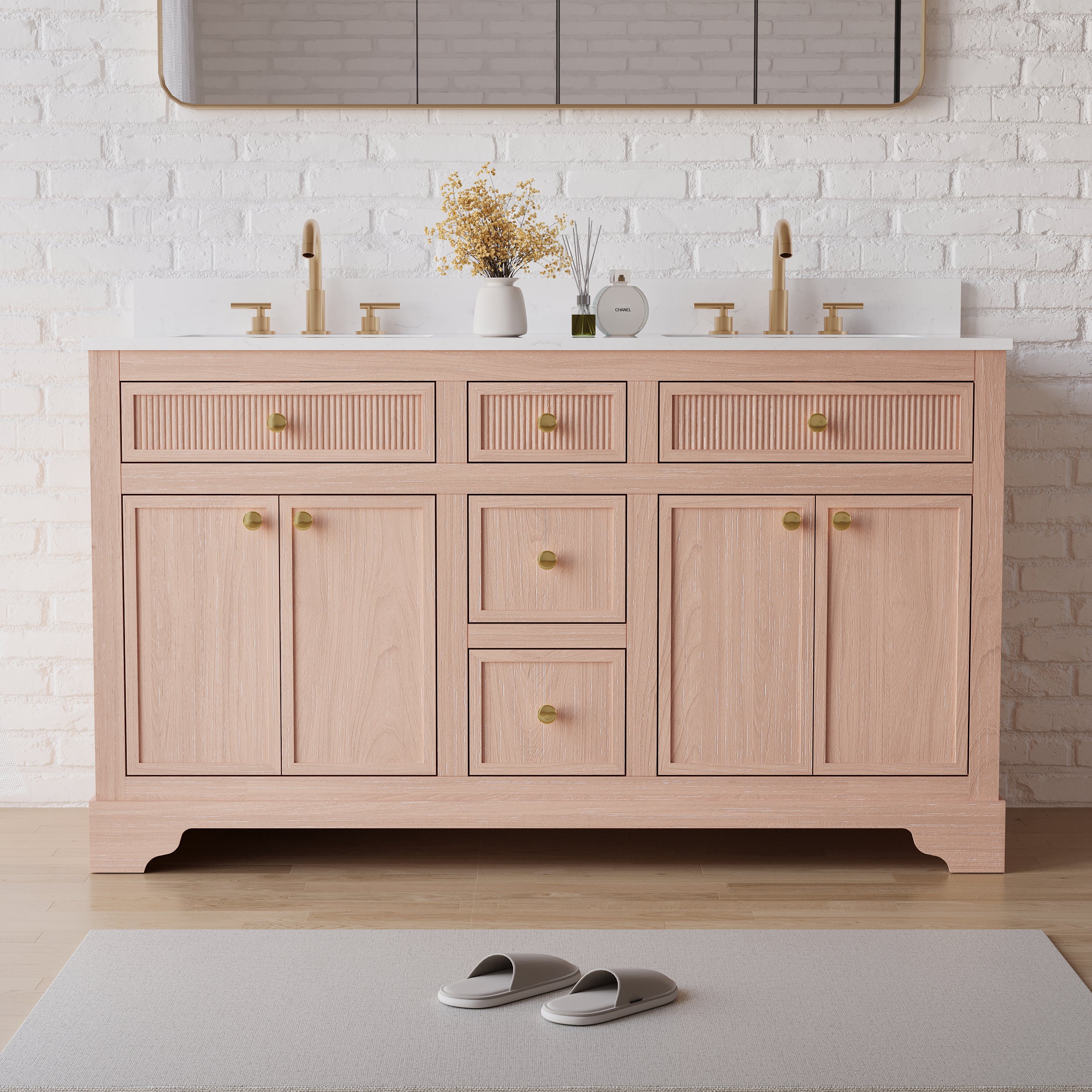



Leave a comment
This site is protected by hCaptcha and the hCaptcha Privacy Policy and Terms of Service apply.